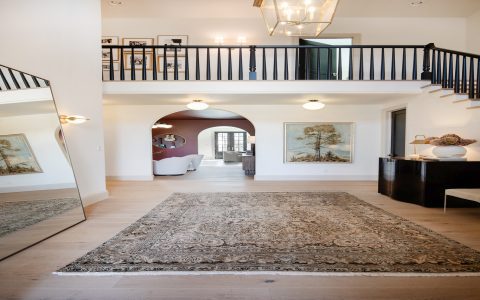Brazilian design is characterized by distinct aesthetic principles rooted in its unique cultural and environmental context. Its current popularity stems from alignment with global trends and its vibrant, expressive qualities.
Key Features of Brazilian Design
- Tropical Modernism: Synthesis of clean modernist lines with lush, organic forms, vibrant colors, and natural materials (wood, stone, fiber) adapted to a tropical climate.
- Cultural Syncretism & Cannibalism: Bold fusion of indigenous, African, Portuguese, and immigrant influences ("Antropofagia" concept – digesting external influences to create something uniquely Brazilian).
- Vibrant Color Palettes: Fearless use of saturated, warm colors reflecting landscapes, flora, festivals, and cultural vibrancy.
- Emphasis on Tactility & Craft: High value placed on handmade elements, artisanal techniques, and the inherent textures of natural materials.
- Social & Sustainable Consciousness: Increasing integration of sustainable practices, upcycling, and designs responsive to social needs and communities.
- Joy & Expression: Inherent optimism, sensuality, and expressiveness permeate forms and aesthetics, rejecting minimal austerity.
Reasons for Current Popularity
- Authenticity & Storytelling: Global audiences crave design with genuine cultural roots and narrative depth, which Brazilian design inherently offers.
- Reaction to Minimalism: Provides a vibrant, expressive counterpoint to the prolonged dominance of stark Scandinavian minimalism.
- Rise of Biophilic & Warm Design: Its deep connection to nature, use of organic materials, and warm palettes align perfectly with biophilic trends and the desire for more welcoming, tactile spaces.
- Digital Nomad & Experience Focus: The look evokes the warmth, energy, and "experience" of Brazil, appealing to trends in hospitality, coworking, and experience-driven branding.
- Social Media Aesthetics: The bold patterns, vibrant colors, and lush textures are inherently photogenic and impactful on visual platforms.
- Global South Influence: Part of a broader appreciation and visibility for design perspectives emerging beyond traditional Western/Northern centers.
- Sustainability Alignment: Its traditional emphasis on natural, local materials and craftsmanship resonates strongly with the sustainable design movement.
Brazilian design offers a potent combination of unique cultural identity, visual energy, natural warmth, and growing ethical awareness, making it globally resonant and currently highly sought-after.






